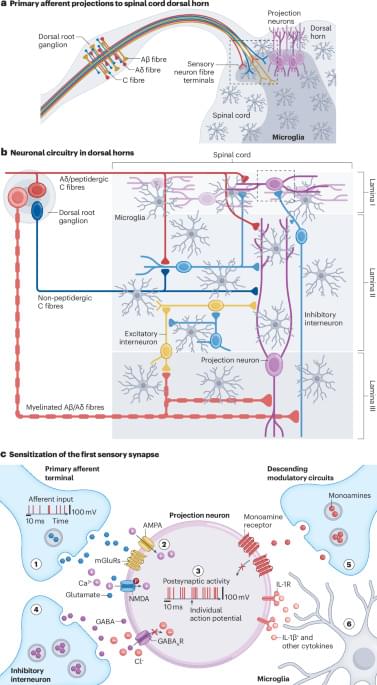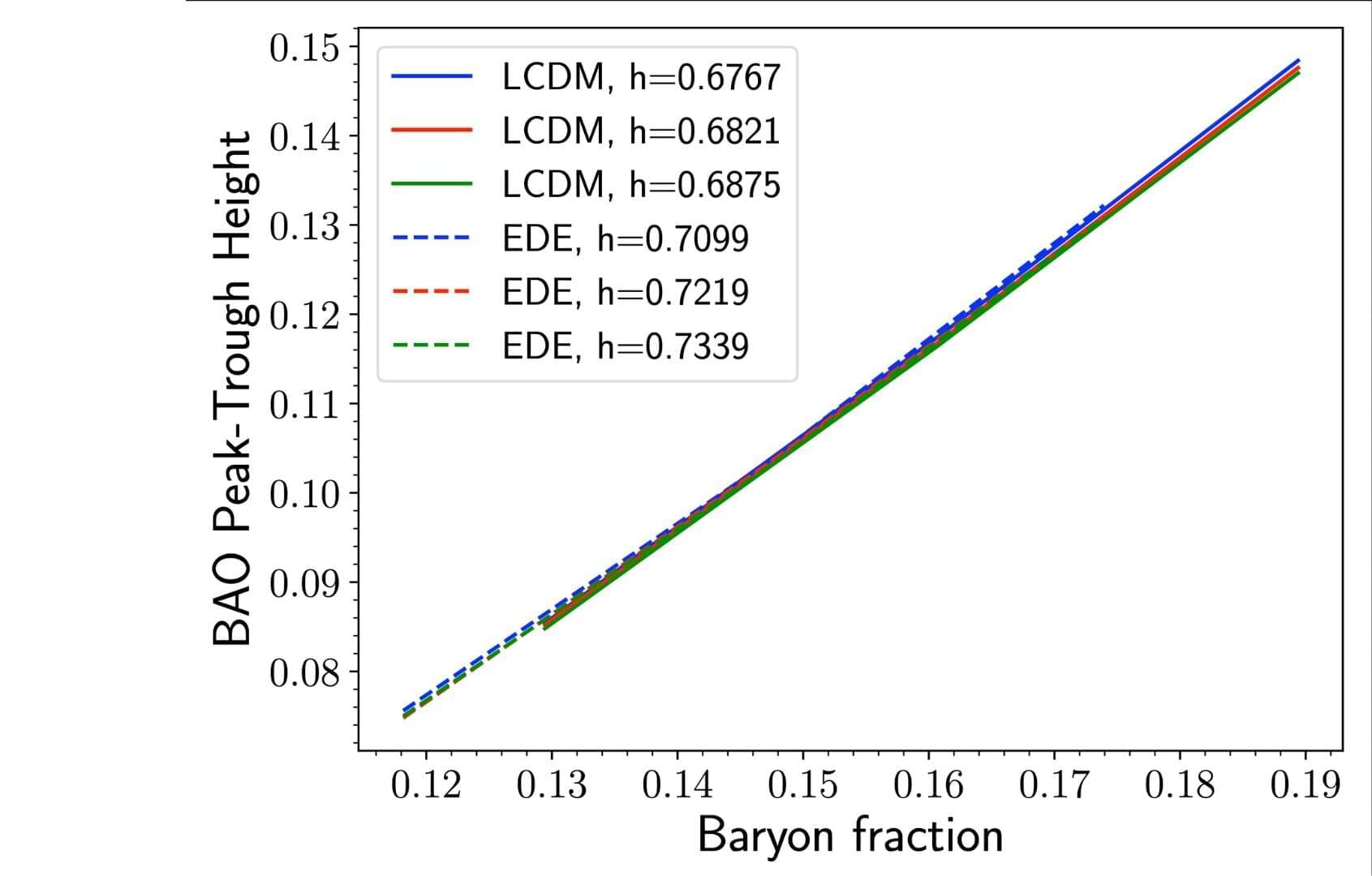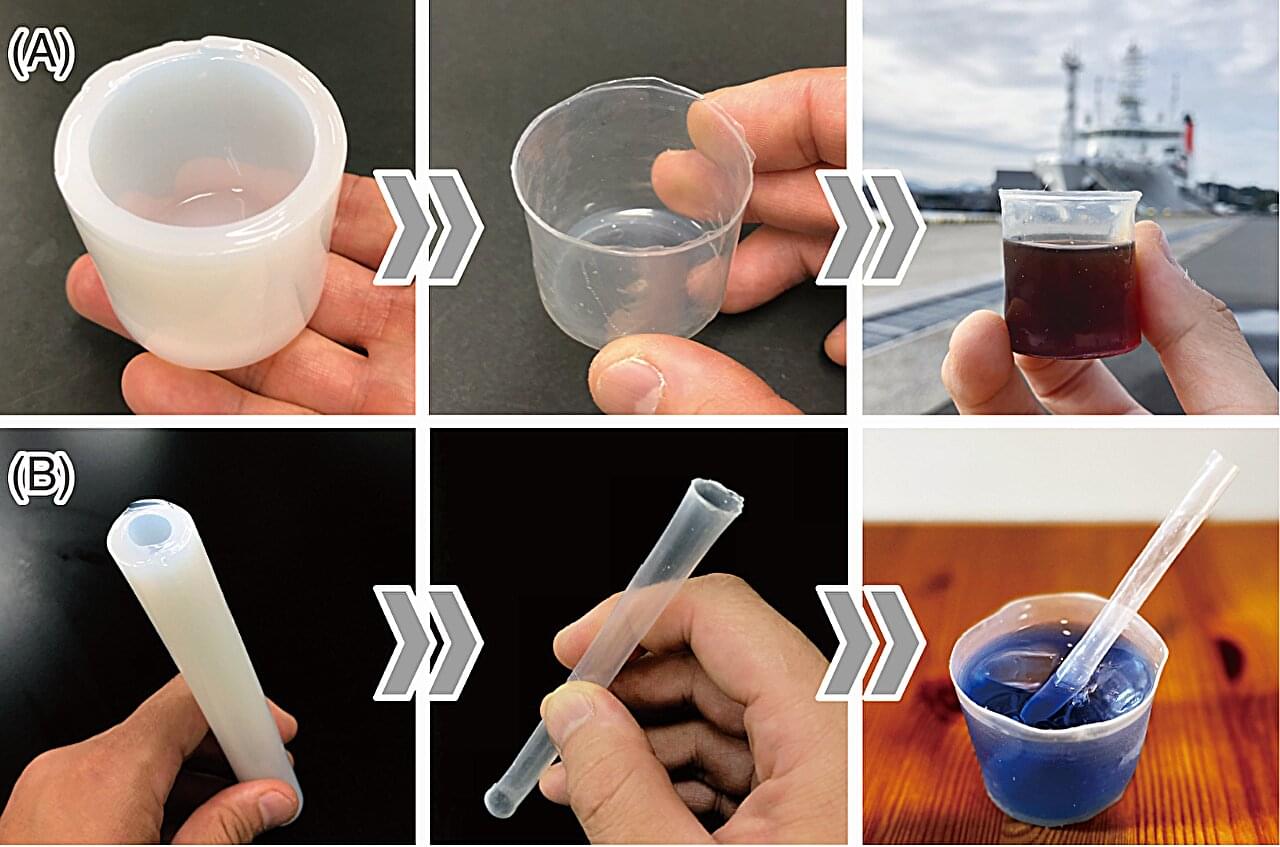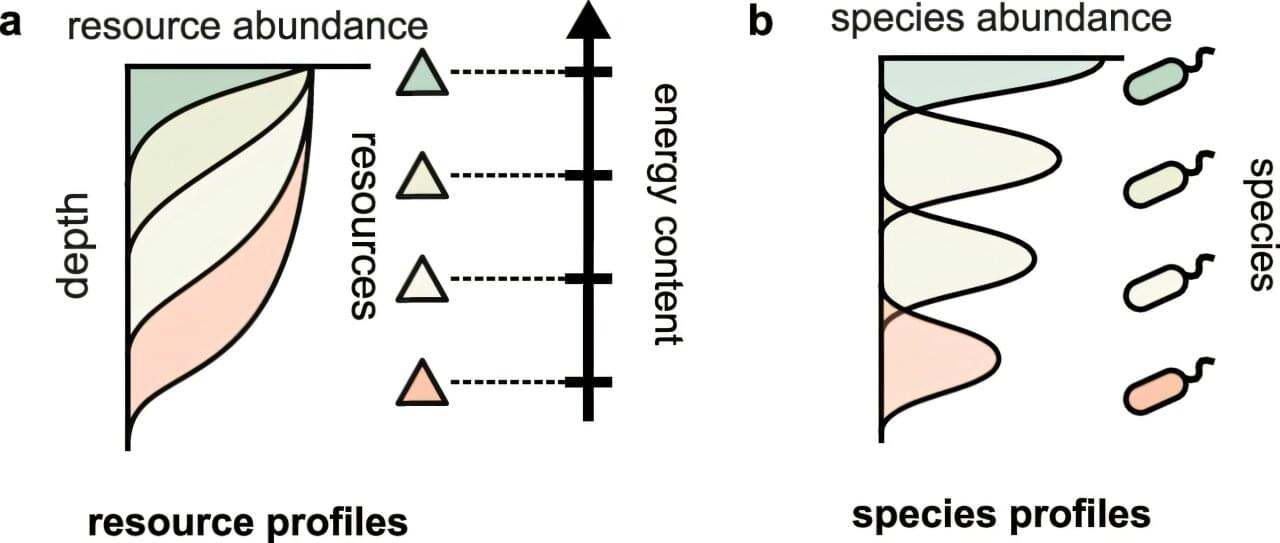The use of virtual reality haptic simulators can enhance skill acquisition and reduce stress among dental students during preclinical endodontic training, according to a new study published in the International Endodontic Journal. The study was based on collaboration between the University of Eastern Finland, the University of Health Sciences and the University of Ondokuz Mayıs in Turkey as well as Grande Rio University in Brazil.
The study aimed to evaluate the influence of virtual reality (VR) haptic simulators on skill acquisition and stress reduction in endodontic preclinical education of dental students.
During preclinical training, dental students develop manual dexterity, psychomotor skills and confidence essential in clinical practice. VR and haptic technology are increasingly used alongside conventional methods, enabling more repetition and standardised feedback, among other things.









